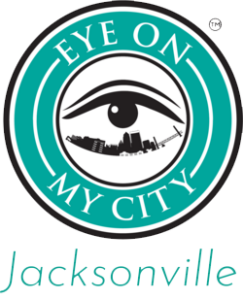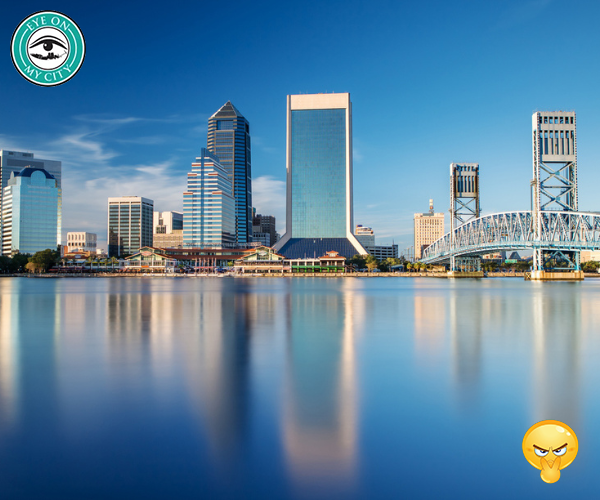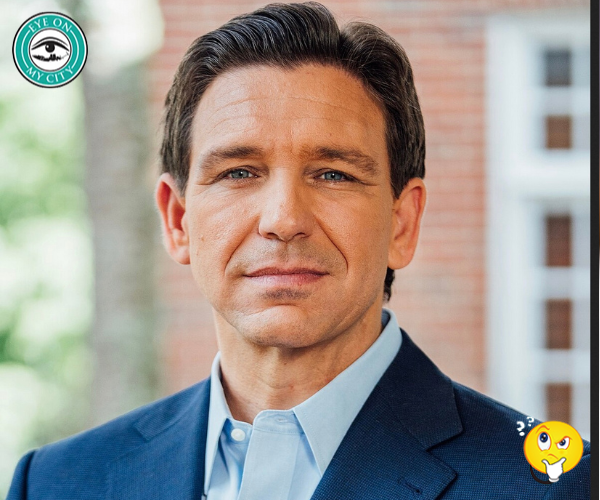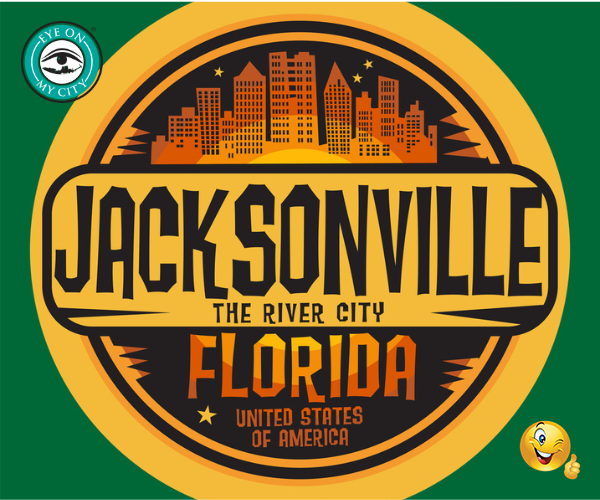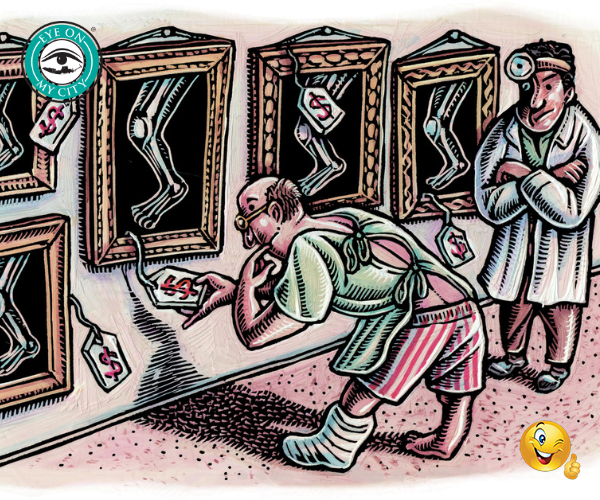People, especially politicians, who continue to jabber about “revitalizing” Jacksonville, especially downtown, baffle me.
It is as if they just stepped off the spaceship from Mars.
I’ve lived here all my life and I can attest to the fact that the city is in a constant state of revitalization.
Most of the city burned down in 1901. There certainly was a long period of rebuilding after that. I attended a “50 Years of Progress” parade downtown in 1951, held to take note of what had been accomplished.
The idea that the city has languished, and nothing has changed simply is ridiculous.
After World War II, there was another spurt. Like most American cities Jacksonville had been involved in the war effort for four or five years and little else was done. As a port city, Jacksonville was involved in building Liberty ships and torpedo boats, and it had a two major Naval bases, air and sea.
The city’s waterfront was a dingy, run-down eyesore after the war. But Haydon Burns ran for mayor promising to spruce up the city, and he was elected.
Driving through the downtown area recently, something I hadn’t done in years, I realized that it was virtually unrecognizable from the 1950s, when I would take the 30 Park bus downtown to visit my father’s bookkeeping office.
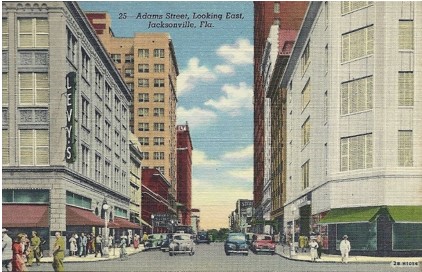
As noted in the city budget 10 years ago, the period of 1950 and 1960 was called the “Decade of Progress.” Duval County’s population increased by 48 percent to 451,411 residents and is now more than 1 million. City commissioners back then began plans to place an airport and build the new central city library to be named after Burns. Beyond the city limits during that decade, developers were constructing suburban housing, which also was “affordable.” Major regional enclosed shopping centers and malls opened. On the south side, Ira Koger’s Boulevard Center became one of the first suburban office parks in the nation. In 1953 the Florida legislature passed tax benefits for out-of-state insurance companies. Because of this, Prudential established its southeast regional home office in Jacksonville and the State Farm Group expanded its facilities. Later, Independent Life, Peninsula Life, Gulf Life, Blue Cross and Blue Shield, and the Afro American Life Insurance Co. built new home offices in Jacksonville. By the end of the decade, Jacksonville billed itself title “Insurance Center of the southeast,” with 17 insurance companies having headquarters here. It wasn’t just suburban and commercial growth. Art and Children’s Museums opened and expanded. The Florida Legislature established the Jacksonville Expressway Authority (now known as the Jacksonville Transportation Authority) and the city got expressways before most of the nation. A debate took place over whether to build a new state university down. It was built off St. Johns Bluff instead but a junior college campus, later to become a state college, was established downtown. In 1967, a still thriving local newspaper opened a new site at One Riverside Ave.
With consolidation in 1968, Jacksonville became one of the largest cities (in land area) in the entire world – a record it held for years.
From 1968 to 1979, a plan to revive downtown to compete with suburban shopping strips and giant shopping malls was put into effect. New construction included the community college campus, a public health facility and the Independent Life Tower, which changed the city’s skyline.
The 1980’s was labeled the “Billion Dollar Decade” in Jacksonville as downtown development saw the empty Union Station converted into a convention center, a restored Florida Theatre re-opened in 1983, and the Mayport Jazz Festival moved to newly developed Metropolitan Park. The 1.2-mile Southbank Riverwalk opened in 1985 and in June 1987 of the Rouse Company’s Jacksonville Landing opened.
In March 1989, voters approved a referendum to replace toll booths with a half-cent sales tax increase. Between 1991 and 1995, the River City Renaissance brought the new City Hall, built in the shell of the May-Cohen department store, and the Times-Union Center for the Performing Arts.
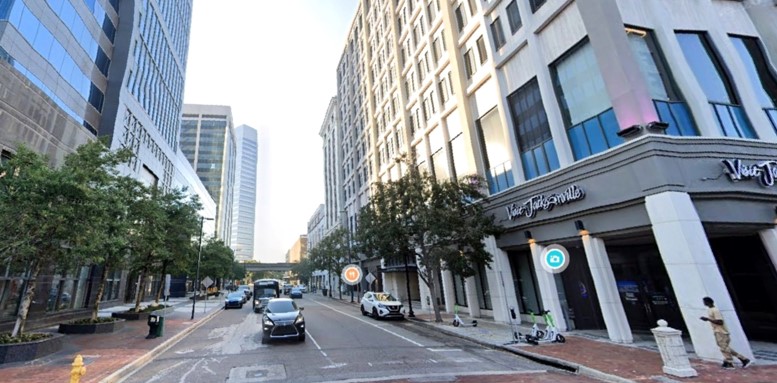
The city acquired the Jacksonville Jaguars National Football League franchise on Nov. 30, 1993. The Better Jacksonville Plan was launched in 2000, kicking off a total of $2.25 billion in improvements. On Sept. 5, 2000, voters passed a half-cent sales tax to fund an ambitious program of $1.5 billion in projects that included a sports and entertainment arena, a minor league baseball stadium, Florida’s largest public library and a new county courthouse. This second half-penny sales tax was combined with $750 million from the first half-penny sales tax that was passed in March 1989 to generate a total of $2.25 billion in funding. Four downtown “pocket parks” were built and construction of the $8.2 million dollar extension of the Northbank Riverwalk began.
During these years, the Jacksonville Landing has come and gone. The city football stadium has been rebuilt over and over, and soon over again. The 1960s courthouse, City Hail, jail and police headquarters have been replaced. Also, the federal courthouse is in a grand, newer structure.
To suggest that the city is dying on the vine and that politicians are the means of saving us from ruin is nuts. The private sector has done and is doing a magnificent job of making Jacksonville one of America’s great cities. Politicians should shut up and do the work of providing needed infrastructure and implementing policies that support growth and development.
